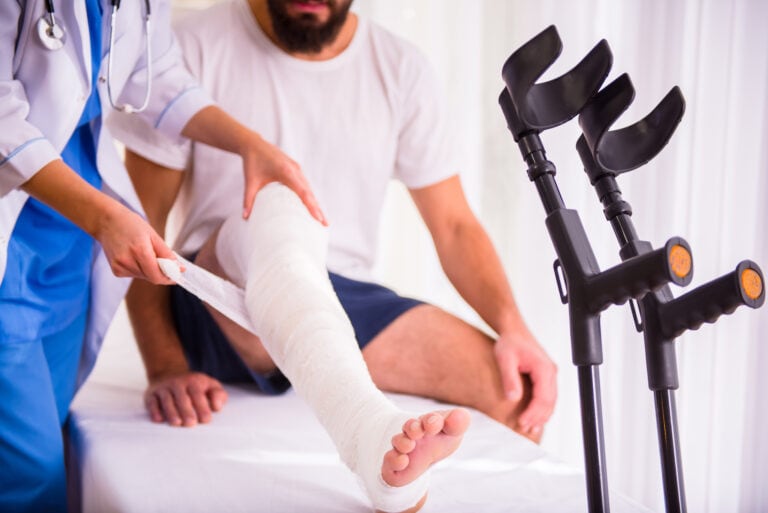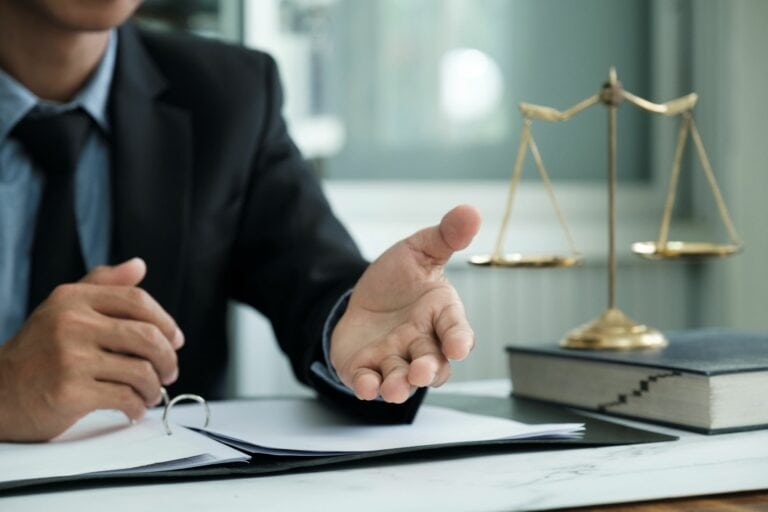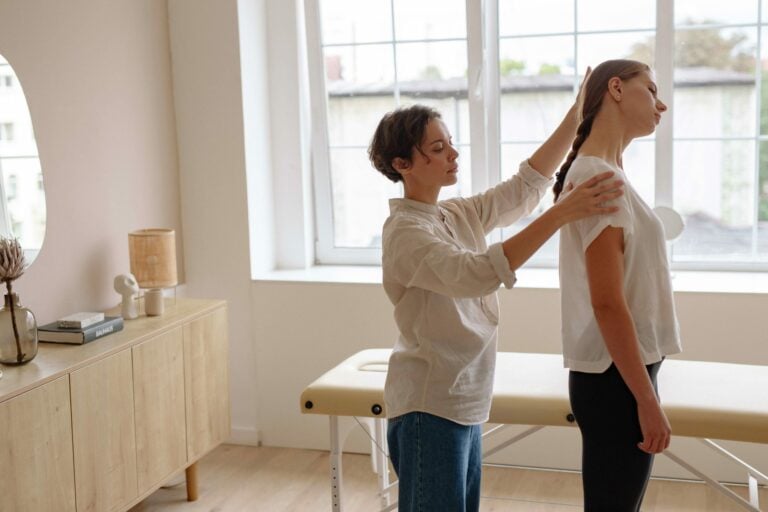There are a lot of situations that can result in personal injury — from slips and falls in public places to traffic accidents and more. But how do you know which situations set the grounds for a personal injury lawsuit?
If you’re like most people, filing a personal injury lawsuit may seem like too big an undertaking to consider. Fortunately, it doesn’t have to be.
We’ve outlined the different types of evidence you need to prove your case. Once you and your accident attorney gather this evidence, the rest of the process is easier to tackle.
The 4 Types of Evidence
In California, you can sue someone if their negligence causes you injury. Examples include car accidents and workplace incidents. When you’re injured, you should contact a personal injury attorney as soon as you’re able to after you receive a medical evaluation and treatment.
There are five types of evidence you can use to prove your personal injury case:
- Evidence from where the accident occurred.
- Other types of physical evidence.
- Video or audio recordings of the incident.
- Testimony from witnesses.
- Reports and records.
Note that it’s not required to have evidence of each type and that in some cases, it may not be possible to have each type of evidence. For example, not every accident takes place in front of witnesses. You should still strive to gather as much evidence as possible to build the best case.
Type 1: Evidence from the Scene
Gathering evidence at the scene of an accident requires you to think clearly and keep calm. Since most evidence at the scene comes down to photographs and reports to relevant parties at the time of the accident, it can be challenging to keep these things in mind, especially if you’re in pain. However, gathering evidence from the scene after the fact isn’t always possible.
If you can, get a picture of the scene with your smartphone, especially if the environment’s condition caused the accident. For example, puddles on a restaurant floor are evidence of negligence on the part of the restaurant. Besides providing a clear image, digital photos also carry timestamps that prove when you took them.
Next, file a report with the police. If the accident occurs in a place of business, file a complaint with the management, too. Always try to exchange insurance in the case of a motor vehicle accident. These kinds of reporting can be used as evidence later.
Type 2: Other Physical Damage
Was anything of yours damaged as a result of the accident? Hold on to it, no matter how minor the damage (or the item) seems. Not only will this help you with your lawsuit, but it may help police if they are considering charges against an individual for causing the accident.
Small things like clothes and jewelry are easy enough to hold onto once they’re damaged, but what do you do with a vehicle? Because some damage levels can make it dangerous (and possibly illegal) to continue driving your vehicle, you can instead take photos of the damage and take it to get repaired. Remember to keep any records a mechanic or body shop may give you as evidence.
Type 3: Video/Audio Evidence
Cameras are everywhere these days. Many workplaces and public spaces have them as a security and safety measure. Even when you remove security cameras from the situation, smartphones and dashcams are just as prevalent. Unless it happened in s relatively isolated area, chances are a camera caught footage of your accident.
When gathering evidence, it’s common for victims, their lawyers, and even the police to find cameras in the area that may have had a view of the accident scene. The owners of such cameras can provide you with such footage, but you should act quickly. Many businesses will regularly delete footage after a while if they aren’t legally required to retain it longer.
If you think of it, you can use your phone to record any interactions you have immediately after the incident. Doing so is invaluable in car accidents, as it may show other negligence on the other driver’s part.
Type 4: Witnesses
It’s not uncommon for people near the scene of an accident to film or photograph the scene. You or your lawyer can ask them for these images to support your case. You can also request any witnesses to submit testimony should your lawsuit go to trial.
Their testimony can be in the form of a written report, but in any case, you’ll need their contact information. It’s best to get witness evidence quickly before they have a chance to forget.
Turning In Evidence on Time
California gives citizens just two years to file a personal injury lawsuit, so you must reach out to an attorney right away to start gathering evidence. If your injury is severe, your lawyer can take charge of gathering evidence.
Hann Law Firm Can Help
If you have been injured in an accident in California and would like to learn more about your legal rights, Hann Law Firm is here to help.
We provide a thoughtful approach to personal injury cases and help you get the compensation you need while you focus on your recovery. We are seasoned litigators who know how to win – Contact us today to find out how we can help you get the justice you deserve.






